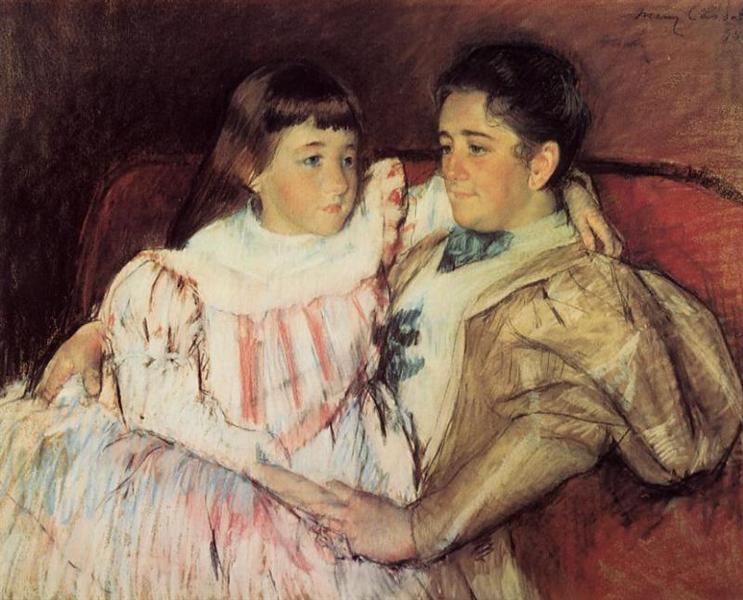Although Cassatt's support for the movement was ever explicitly said, her paintings emphasized the growing importance of women in society. Many of her paintings depict the daily life of women unrestricted by norms and traditional standards, such as "Woman Reading" (1878-1879) and "A Woman and Girl Driving" (1881). However, one such painting of hers incorporates a much deeper meaning.

One of Cassatt's most notable paintings is the "Woman With Sunflower". At first glance, it depicts a mother-child pair looking at the reflection of the child. The colors are bright and clear, with the mother's dress contrasting with the colors of the child sitting in her lap. It's a beautiful painting filled with innocence and femininity. However a deeper meaning lies in the sunflower sitting on the mother's dress. The sunflower was a symbol for the women's suffrage movement, coined by Susan B. Anthony and Elizabeth Cady Stanton during the 1867 campaign for the right to vote. In addition to using her art to amplify the voice, she participated in a charity exhibition organized by Havemeyer, where she displayed her art to generate money for the movement.
